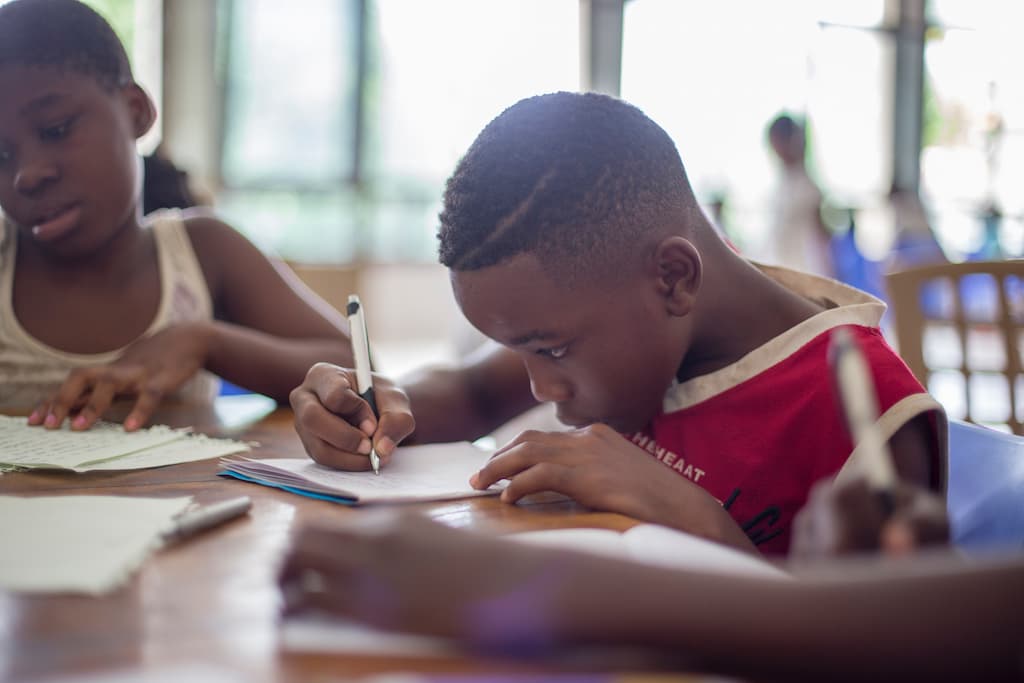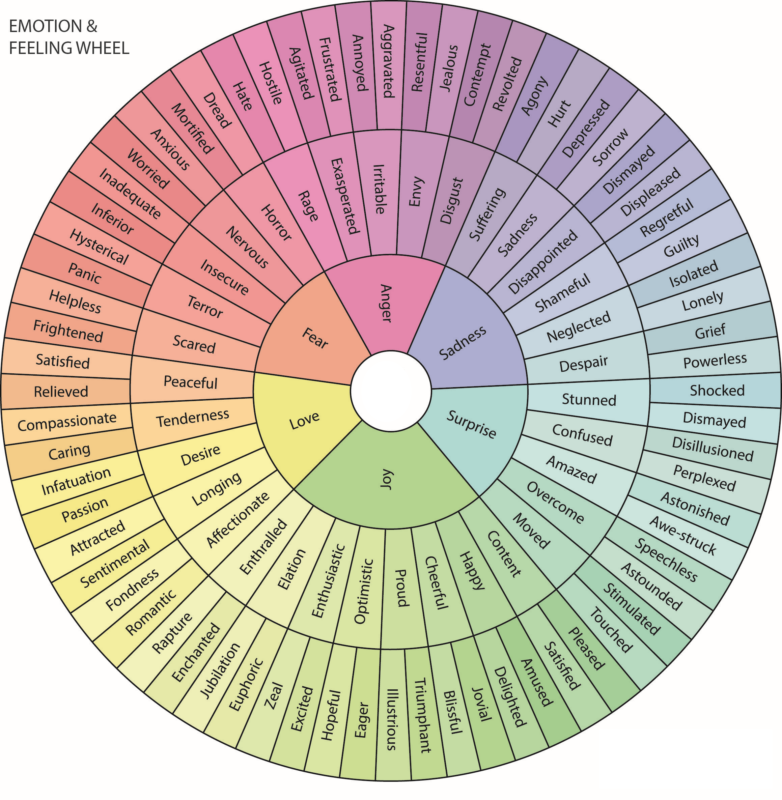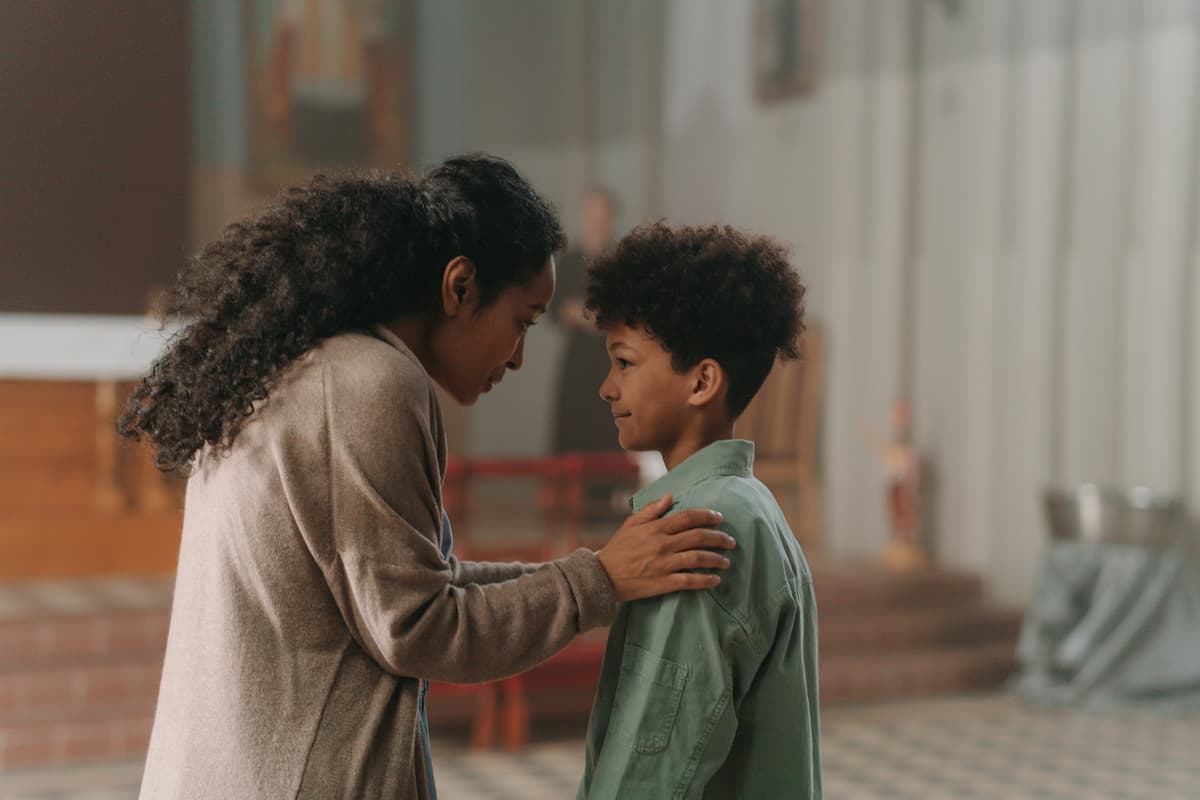What is pandemic grief?
Grief is often interpreted as a loss of a loved one, which may be true for many of us during this pandemic. In this case, pandemic grief is the process of grieving a pre-pandemic life. Many of us have gained benefits by working from home like avoiding morning traffic and sleeping in. However, working from home posed many challenges as well. For children, e-learning might have brought about loss. This loss impacted their abilities to build new connections, engage in school life, and express their emotions. Nobody should go through grief alone. Parents and guardians can play an integral role in helping their child heal their pandemic grief. Here are some ways to recognize, address and evaluate your child’s pandemic grief.

Steps to Heal Pandemic Grief
-
Recognize the loss of a pre-pandemic life
-
Identify the source of pandemic grief
-
Implement coping mechanisms to heal pandemic grief
1. Recognize the loss
Once the pandemic hit, most students were left high and dry in the middle of their academic year. Some students were in their final year of high school trying to figure out their future. Some were a part of extracurricular activities and aspired to become involved in the school culture. Others just enjoyed hanging out with their friends. When the education staff and students left for March Break, they expected for school to resume in a week – but it never did. The world was at a standstill.
Adapting to the “new normal”
Students had to adapt to the new circumstances without recognizing that they were experiencing grief. Many children still haven’t adjusted to their new pandemic life. Students need time and space to reflect on how their lives have changed. Underprivileged students and students with disabilities have encountered great challenges as they need a strong social system in order to overcome adversities to access education. Adapting to the “new normal” was especially difficult for these students as the COVID-19 virus took centre stage.

Where to begin?
Helping your child heal their pandemic grief begins with establishing a connection. Sit with your child and listen to their experiences at school. Students lost the opportunity to establish new and profound friendships due to e-learning and the cancellation of extra curricular activities. Therefore, it is important for children to have an outlet where they can feel heard and share their feelings with someone they can trust without judgment.
- What events was your child looking forward to doing at school?
- How have their friendships evolved during the pandemic?
- What rapport do they have with their teachers?
- What new hobbies have they adopted to compensate for the lack of human interaction?
Do not feel pressured to come up with solutions or to fix their problems. In fact, it is best to have your child speak freely and to ask clarifying questions to help them arrive at their own solutions. At the end of the day, grief is an individual experience and the pandemic is one of many changes your child will undergo in their life.
2. IDENTIFY THE SOURCE
Healing comes from addressing the source of your child’s pandemic grief. Identifying the source of their pandemic grief will help them recognize their emotions. If not addressed adequately, the emotions felt from a loss could accumulate over time and negatively impact their mental well-being. By being a shoulder to lean on during these difficult times, you and your child can form a trusting bond. This provides children with a safe outlet to express and navigate their emotions. When students were forced to do e-learning, home and school life became synonymous. Their relationships at home became even more important as most of their connections to their classmates were established through a screen. Here are the steps to guide your child in identifying the source of their pandemic grief:

1. Listen
It is not just children who are addicted to their devices! Remove all cell phones and distractions. Show your child that you are actively listening and making them a priority. Eye contact, nodding, holding their hand and words and sounds of validation collectively helps your child know that their words are being understood. This would incite them to share their feelings with you again in the future. To show that you are actively listening, repeat what you understood to check your understanding. For example, you can ask the following clarifying questions:
- “Did I understand you correctly?”
- “Did I miss anything?”
- “Is this an accurate summary of how you are feeling?”
Asking clarifying questions demonstrates that you have been actively listening and are able to empathize with their situation. Your child needs the space to be vulnerable without feeling disregarded. In this step, refrain from speaking about yourself and focus all of your attention on listening, understanding and accurately paraphrasing your child’s feelings.

2. Connect
In my classroom, the colour feeling wheel has been a useful tool for my students. It helps them associate their experiences with a specific emotion. Students begin at the centre of the circle, identifying the basic emotions they are feeling. Once this is established, they begin to move outwards to more specific emotions.
How to help your child use the colour feeling wheel
For example, if your child says, “It sucks that I missed my high school prom”, probe them to associate an emotion to their experience. What emotions arise for a child who missed their high school prom? Connecting their emotion to an experience helps them express themselves more effectively. Now, they can restate their experience as “I feel frustrated that I missed my high school prom because…”. Children need to understand the source of their unhappiness. To move forward, they need to connect their emotions to the pre-pandemic life they have envisioned for themselves. Ensure that your child chooses the emotions they are feeling themselves. Ascribing an emotion to their experience will make it difficult for them to understand their own grief. To help them, you could state which emotions you would feel if you were in their position. This demonstrates empathy and further validates their experiences.
3. Find solutions
Your child has shared how they are feeling but, what do they need to feel better? Discovering their needs is arguably the most important part in finding the source of their pandemic grief. At this step, it is as simple as asking, “What do you need in order to move forward?”. This allows your child to reflect on their own needs. Rome was not built in a day. Therefore, it is important to allow your child the time and space to figure out solutions on their own. Provide them with the option to listen to your suggestions and to revisit the conversation another day. Give them the space to find solutions at their own pace. Acquiring the skill to identify their needs will help them assess and navigate their emotions with effectiveness in the future.
3. TAKE ACTION
Now that you have identified the source of their pandemic grief, you need to implement an action plan. It is important to evaluate and assess how these changes have impacted their life. Do you see an improvement in their mood? What are some external factors that they are unable to fix on their own? Monitoring progress helps you recognize how far along your child is on their journey towards healing their pandemic grief. There might be moments of regression which require extra support, kindness, and understanding.
How to grieve without compromising academics
Multiple education disruptions have created gaps in learning for our youth. High school students are taking courses over the summer to have more time during the school year to focus on their courses. Summer school courses also allows students to explore possible electives that may peak their interests. Juggling the emotional burdens of the pandemic with the never yielding demands of academics is difficult to manage. Children need time and space to reflect and heal from their pandemic grief. The pandemic is ongoing and the stress of lockdowns is still imminent. It is imperative that schools implement a strategy to ensure that children have the foundation required for their grade level. Pandemic grief is a barrier to learning and it needs to be addressed. Explicit education recovery strategies should be funded to help students fast track their studies to keep up with our national education standards.
Moving forward. . .
Below are suggestions that could help accelerate your child’s learning while helping them heal from their pandemic grief. Our goal is to help our children heal from the traumas of the pandemic in order to help them reimagine a brighter future.
Roots to Routes Academy
We offer high school credit courses where students can immerse themselves in their learning through real-life experiences. Programs are available for English, French Immersion and Math courses for grades 9-12. If interested, check out our summer fast track courses in July 2023!
BeanBagChat
This is an app that young adults aged 16-29 can use to receive free, safe, and engaging support from a professional mental health counselor. The app is customizable so that their services are relevant to their populations. BeanBagChat is partnered with George Brown College, the Toronto District School Board and Stella’s Place, a young adult mental health charity. Their online chat is available Monday to Thursday, from 4pm to 9pm EST. This can be a great alternative if you and your child are needing extra support in navigating pandemic grief.
YouthAsssistingYouth
This is a non-profit charity that offers at-risk youth and newcomers a mentor who is typically in their post-secondary studies. Mentors help at-risk youth by providing support as they navigate through their life. They offer free virtual group mentoring programs for girls and boys as well as free tutoring which will help your child meet new people and gain a sense of community.



